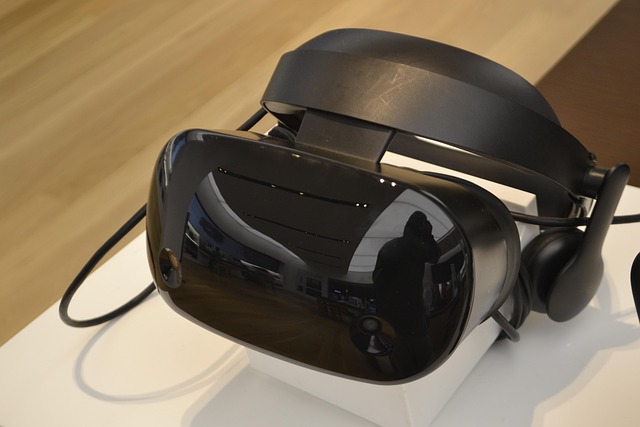The Rise of Digital Avatars in Gaming: Immersive Experiences and Personalization
In the evolving landscape of gaming, the concept of a digital avatar has transformed from a simple character model into a dynamic extension of the player’s identity. More than just an on-screen representation, digital avatars now serve as immersive gateways that bridge the gap between reality and the virtual world, allowing gamers to express individuality, creativity, and emotion like never before.
For many players, their digital avatar embodies more than just gameplay mechanics—it’s a persona that journeys with them through epic quests, intense battles, and vibrant social interactions. The ability to customize every aspect, from facial features to clothing and accessories, empowers players to craft a unique identity that resonates deeply on a personal level. This connection creates a stronger emotional investment, making gameplay feel more meaningful and engaging.
Recent advancements in technology have pushed immersion to new heights. With the integration of motion capture, facial expression tracking, and even voice modulation, digital avatars now mirror players’ real-world movements and emotions in real-time. This level of authenticity amplifies the sense of presence within the game, blurring the line between player and character. As a result, players feel truly part of the game universe rather than detached observers.
Beyond single-player experiences, digital avatars have become central to social gaming landscapes, where players meet, collaborate, and compete with others worldwide. Avatars serve as social symbols, reflecting status, achievements, and creativity within these communities. Features such as avatar-based gestures, emotes, and personalization options enhance communication, making interactions richer and more expressive. For many, their avatar is not just a digital creation but a virtual identity in its own right.
Additionally, the rise of cross-platform and metaverse environments means digital avatars now have a presence beyond individual games. Players can carry their customized avatars across multiple gaming worlds and social platforms, maintaining consistent identity and style. This continuity enhances a sense of belonging and ownership, elevating the avatar to a valuable digital asset and even a form of self-expression recognized outside the gaming sphere.
As gaming technology continues to advance, the future of digital avatars looks poised for even greater personalization and immersion. Developments in artificial intelligence and procedural generation could soon allow avatars to adapt organically to player behavior, moods, and preferences, creating truly living characters. Meanwhile, VR and AR integration promise avatars that exist not only on screens but within physical spaces, transforming how we connect with virtual worlds.
For gamers, embracing digital avatars is not just about aesthetics or gameplay; it’s about crafting a bridge between their real selves and virtual personas. This evolving synergy enriches the gaming experience, creating worlds where players don’t just play but live, interact, and express their authentic identities through the power of their digital avatars.




